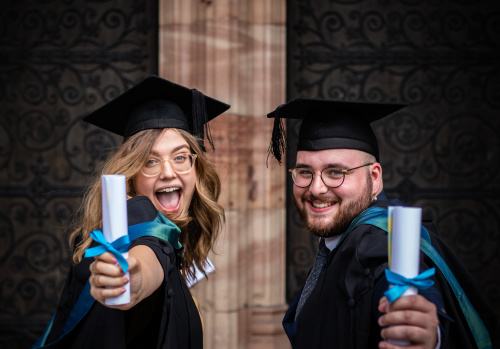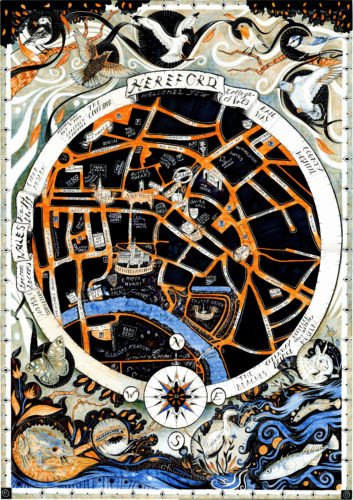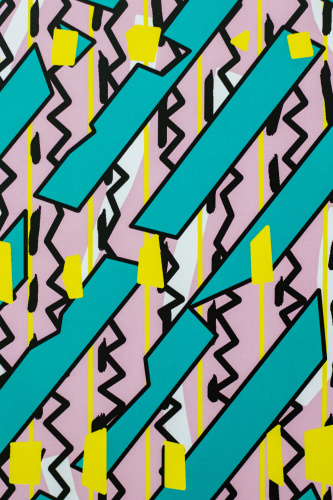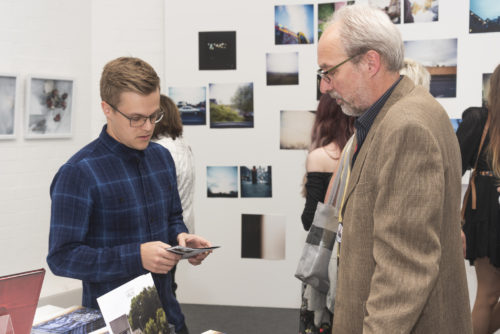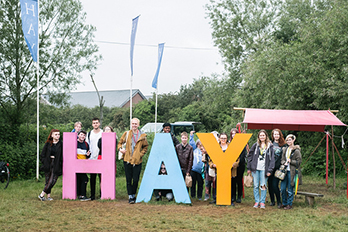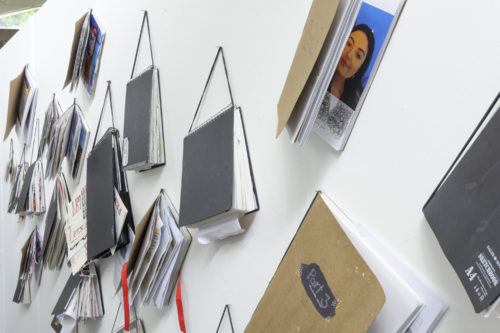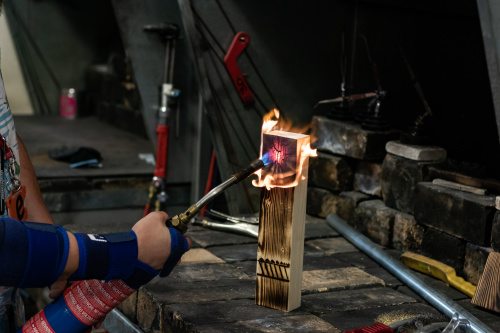Debating the language of the Visual Arts
Published on 22.05.16
This was our fourth #cclasses session, and we discussed Steph’s question regarding the language of the visual arts and academia and whether it creates a barrier between the artist and their audience? This is a complex issue, but thankfully Steph made cakes to help us. In our curated content we broke the question
Categories
This was our fourth #cclasses session, and we discussed Steph’s question regarding the language of the visual arts and academia and whether it creates a barrier between the artist and their audience?
This is a complex issue, but thankfully Steph made cakes to help us.

In our curated content we broke the question down and examined what we ‘mean’ by the language of the visual arts (‘artspeak’ or International Arts English) and what we mean by the language of academe. We considered how contemporary artists speak about their work and looked at Janet Echleman’s website to consider how many different types of discourse were present. You can see Nuala, Carla and Danielle below, and just a little corner of my laptop.

Tweeted notes considering the session can be seen in the storify below.
We discussed:
- How language should avoid unnecessary elitism
- The need to be a ‘language chameleon’
- That empathy with the audience is extremely important
- That the artist should set out with a clear idea of what they want their language/statement to do
Our conversation following considered ideas of language as power, power to deliberately mystify or power to demystify. We discussed the importance of having an ‘honest’ voice, and that this voice will vary depending on the artist. Our twitter discussion carried on long after the ‘live’ session had finished.

You can see some of our conclusions above – we ended up defining appropriate language through negatives- this was easier, somehow, than dictating what it ‘should’ be as this kind of definition limits possibilities. In the end, we felt that an appropriate language for the visual arts should NOT be; pretentious, pompous, exclusive, unnecessarily complex, deliberately inaccessible, dishonest.
We felt that some art doesn’t ‘need’ explanation – that skill can sometimes talk for itself. But, finally we returned to this idea of ‘honesty’, of art needing to represent the voice of the artist or critic, be that language complex or simple.
The video content is below:
